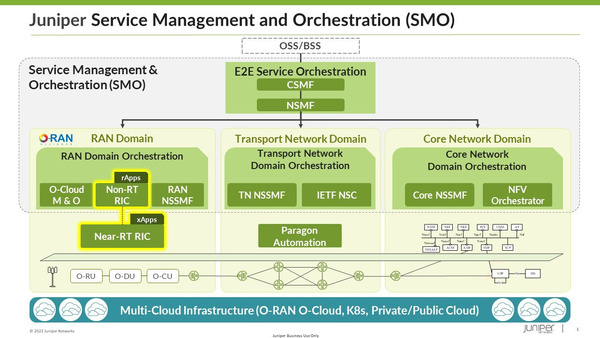Until now, the mobile network was the domain of a certain number of parties. From Europe this included Nokia and Ericsson and of course there is also the Chinese ZTE and Huawei. You just see other players emerge from the backbone of the network. As a result, many providers are locked into solutions offered by the manufacturers they work with.

Recently, a standard has emerged where other players can also become an important part of the wireless network: Open RAN (Radio Access Network). Just as open source has resulted in many good developments, the arrival of Open RAN is also interesting because it can open up new possibilities in the mobile network. This means that other parties close to the transmitter can add apps. For example, you might consider a technology that provides extra secure connections.
This is becoming more and more relevant because 5G offers the possibility of splitting into so-called slices. Such a slice may offer different features than the standard network. Consider a higher quality extra-secure slice for a large company or a network with special features for emergency services.
In fact, thanks to Open RAN, providers can have all kinds of applications and are no longer dependent on the network vendor’s (im) capabilities. Jai Thattil of Juniper explains: “Many providers have a vendor lock. This means that they are limited to the functions offered and do not have to wait for a manufacturer to make the possibilities available. We are working with Rakuten, Vodafone and Türk Telekom to make Open RAN available worldwide.”

Open RAN means that applications attach to two places on the network: pseudo-R applications closer to the antennas and X applications closer to the cloud. For example, Thattil states that an antenna with access to a 5G network can prioritize the hospital in an emergency.

Another example of Thattil is that depending on the wishes and requirements of a business customer, different networking features can be offered with more or less latency. You can imagine that a standard business user needs a larger bandwidth, but latency matters less to him. Retailers may be less interested in lower latency than some other business users, but with slightly higher reliability. At the other end of the spectrum, the industry demands greater reliability, low latency and high bandwidth.
Source: Hardware Info













